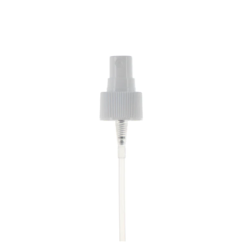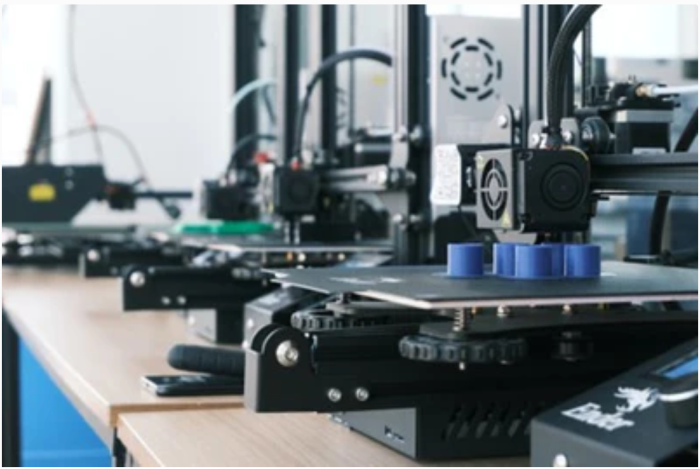

Packaging has come a long way over the years. Historians believe that the use of packaging most likely began when people became increasingly nomadic and, therefore, needed ways to protect goods during transport. In those days, materials such as animal skins and leaves were used.
As time went on, packaging evolved. Humans began to group together in bigger communities, and their needs changed. They learned how to make pots, baskets, and bags. It wasn't until the Industrial Revolution, however, that packaging took a real leap. Since the 1950s, plastic packaging has really boomed. Now, it's ubiquitous.
In the present day, we find ourselves amidst an interesting era of packaging evolution. Let's take a closer look at some of the advances in packaging trends:
- Sustainable packaging: As the devastating effects of plastic packaging waste have grown to haunt the national psyche, many brands have chosen to take the plunge and switch over to more sustainable packaging materials. Bamboo is one such material. Some species of bamboo can grow at 1.5 inches an hour, making it an extremely attractive renewable source. It's now used in a wide range of applications, from boxes and bottles to mascara components.
- Injection molding: This manufacturing process has revolutionized the production of packaging components. Injection molding allows for the creation of intricate and customized designs with high precision. It's commonly used for producing plastic packaging items that we use daily, such as the caps for our shampoo bottles.
- Bioplastics: With environmental concerns on the rise, the demand for alternatives to fossil fuel-derived plastics has risen. Bioplastics, which are made from renewable resources like corn starch or sugarcane, offer a greener solution. Even if they're only partly made from plant-based sources, they still reduce the amount of fossil fuel usage. Bioplastics have grown in popularity and are finding their way into various packaging applications.
- 3D Printing: The technology behind 3D printing has revolutionized many industries, from space engineering to construction. Packaging, too, has reaped the benefits of this technology. It can be used to prototype packaging designs so that product designers can better visualize how the end product will look. Any flaws in the design can be easily altered, and several designs can be evaluated simultaneously, thanks to the production of multiple prototypes. Another benefit of 3D printing technology in the packaging industry is that prototypes can be fabricated in-house, reducing the risk of designs being leaked.




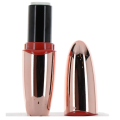
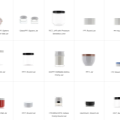
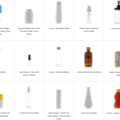
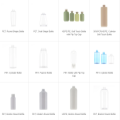
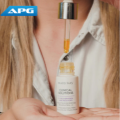
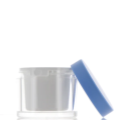
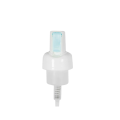
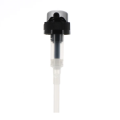
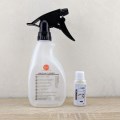
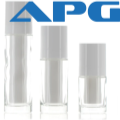

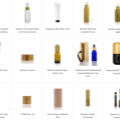
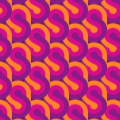
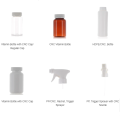
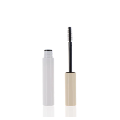
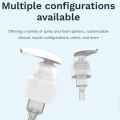

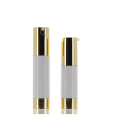

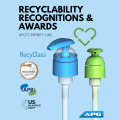



.png)
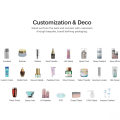
.png)
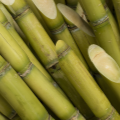
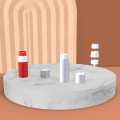

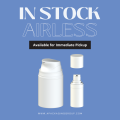

.png)
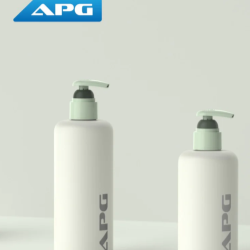
.png)
.png)
.png)
.png)
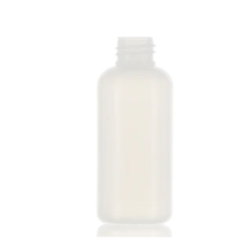
.png)
